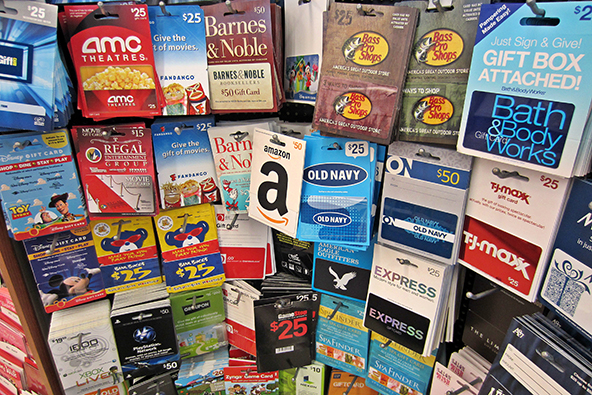Prepaid vs. Credit and Debit Cards

Prepaid cards have been the fastest-growing non-cash payment method in the U.S. for some years now and have recently received a further boost from Congress. The Durbin Amendment placed a limit on the amount issuers can charge retailers accepting their debit cards, slashing banks’ annual revenues by a combined total of about $7 billion in the process.
In response issuers began looking for alternative revenue sources. Hastily contrived new debit card fees were tried and quickly abandoned, following a huge popular backlash and a slew of legislative threats from politicians.
In the wake of the debit-card-fee debacle, issuers are now once again considering their options and there are quite a few of them to look at. There is, however, in my mind one feature that underlies all alternatives and it is to drive consumers to non-debit payment methods. Credit cards are of course an obvious avenue to pursue, but prepaid will surely be in the mix, because they are typically used by the “unbanked” — consumers with no access to regular banking services.
With that in mind, let’s take a closer look at prepaid cards and compare them to debit and credit.
What Is a Prepaid Card?
Simply put, a prepaid card is a payment card that can be loaded with money. When you use it to make a payment, the money is taken from the pre-loaded amount, not from a line of credit or a bank account. You can continue to use your prepaid card for as long as you have enough money available in it.
Many prepaid cards can be reloaded, which can be done in a number of ways, such as:
- Cash top-ups at post offices, convenience stores and other locations.
- Fund transfers from a bank account.
- Online fund transfers.
Obtaining a prepaid card can be as simple as buying one from a grocery store, without the need to provide a proof of identity or your address. These are known as “gift cards” and cannot be reloaded. When applying for a reloadable prepaid card you will be asked to prove your identity and for your address, but there will be no credit check nor will any other personal information be needed. Such prepaid cards need to be activated.
Prepaid vs. Credit and Debit
A prepaid card looks just like a credit or debit card, with a card number, signature field and branding. Unlike credit cards, however, prepaid provide you with no line of credit. They are also very different from debit cards, which are linked to your own bank account. With a prepaid card you can only spend the money you have loaded onto it.
Here is a line-by-line comparison of the three payment products:
|
Prepaid |
Debit |
Credit |
| No credit checks | Credit check to open the bank account to which the card is linked. | Credit check to approve the account, determine the credit limit and set interest rate. |
| No line of credit (so no borrowing and no debt). | Can have an overdraft facility. | Line of credit that can be changed over time. |
| No interest fees. | Interest fees on money borrowed against an overdraft and with no interest-free period. | Interest fees on money borrowed against the credit limit, if there is an outstanding balance after the interest-free period. |
| Various fees may be charged depending on the type of card. | Fees if you exceed an agreed overdraft. There may be fees in relation to the linked bank account. | Fees such as late payment fees, over-the-limit fees, cash advance fees, foreign exchange charges, duplicate statement fees. |
| Only requires basic customer information. | Requires full customer information. | Requires full customer information. |
| Can be used wherever the brand whose logo is shown on the card is accepted. | Can be used wherever the brand whose logo is shown on the card is accepted. | Can be used wherever the brand whose logo is shown on the card is accepted. |
| Can sometimes be used at an ATM. | Can be used at an ATM. | Can be used at an ATM. |
| Can be cancelled or blocked if lost or stolen. | Can be cancelled or blocked if lost or stolen. | Can be cancelled or blocked if lost or stolen. |
The Takeaway
Prepaid cards will never replace either credit or debit cards in the U.S. Most Americans can open up a credit card account that is linked to some kind of a rewards program, which no prepaid card offers. Debit cards can also be more convenient, because they come as a standard feature of a checking account package so, all other things being equal, there is no need to make an extra effort just to add a very similar card into your wallet.
However, if issuers succeed in making debit card use less attractive, a fee-free prepaid card, like the one recently introduced by American Express, can become a very appealing alternative. I expect that other big issuers will be launching very similar products in the coming months.
Image credit: Flickr / 401(K) 2013.


